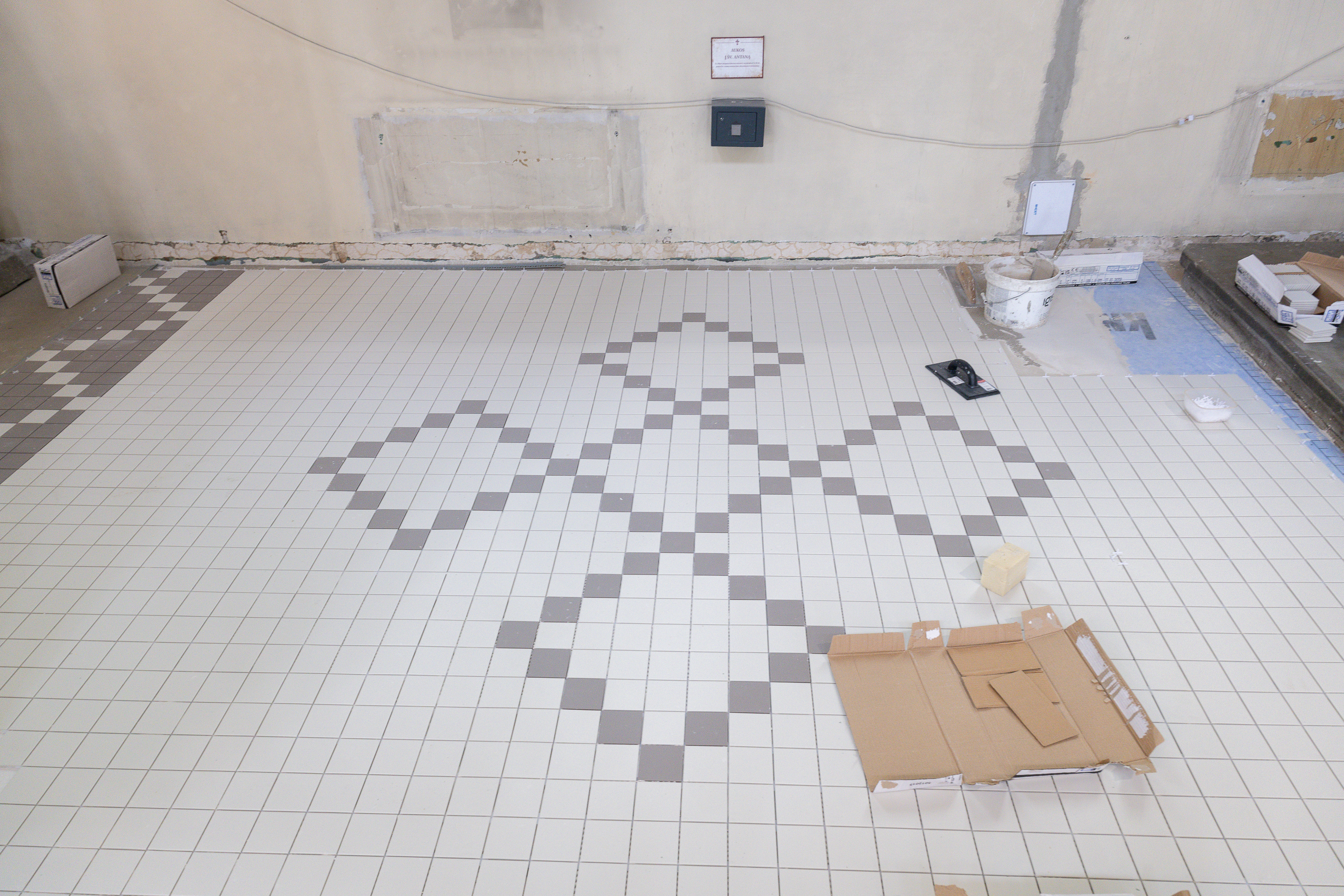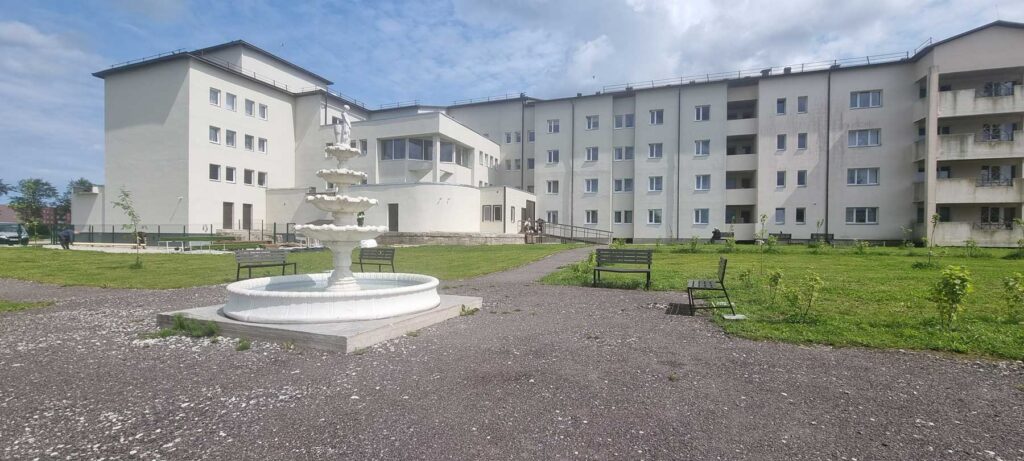The fine imposed by the police has caused serious doubts

The offense was unclear where
The driver shared his experience publicly, warning others that they could get into a similar situation.
« Did you get a fine for speeding, a fixed tripod and the site of the violation? It is a matter of not being a matter of paying it to 99 percent.
The administrative misconduct protocol must specify three information elements – where, when and what violation was committed.
As the police report recorded zero coordinates, the driver immediately appeared to complain to complain.
There are also questions about fixed data on other mobile speed meter equipment.
How could a person be punished for exceeding 50 km/h. speed, if the speed is allowed up to 70 km/h at this point?
It was written in the minutes that the driver was driving 76 km/h. At speed, the speed limit was exceeded in just 6 km/h.
Offered to look for ends
Jorunė Liutkienė, Chief Specialist of the Communication Division of the Police Department, acknowledged that the minutes must indicate the exact coordinates of the offense.
« Article 609 (1) of the Code of Administrative Offenses (the content of the protocol) states that the place of administrative misconduct must be specified, only local coordinates may be specified. In these cases, we see that only the local municipality was stated in the administrative misconduct protocol, » assured J. Liutkienė.
The newspaper was asked by a police spokeswoman what measures were taken to prevent drivers from being sent by misleading protocols, but no explanations were received.
« In such cases, persons who have received protocols of the administrative misconduct with the incomplete address of the infringement and when the coordinates are not specified may contact the administrative misconduct report, which will adjust the address of the offense or local coordinates, » the police spokeswoman said.
The driver was offered information to the Electronic Services portal created to the Department of Informatics and Communications.
« The portal is integrated with the Administrative Offenses Register, which ensures quick and safe data transmission to the authorities conducting an administrative misconduct.
Millions: Member of the Seimas A. Bagdonas estimates that there are over 200 speedometers in Lithuania, and 25 such devices are enough for Latvia. / Photo by Personal Archive
4,2 thousand. fines
More Klaipeda residents also testified about the amaze protocols.
The daily Klaipėda has repeatedly written about the avalanche of a penalty, which in the autumn of 2022 struck drivers on the Klaipėda -Dituva road.
At that time about 4.2 thousand were unlawfully punished. drivers.
Thousands of people were fined between € 6 and € 12 while driving from the Jakai ring intersection to Rimkus.
People in the protocols saw data that they were recorded in 63, 64 or 69 km/h. at speed.
The road work on the road was due to the severe depreciation of the road pavement.
As a result, the speed of cars was limited to 50 km/h, and the warning sign « uneven road » was also built.
Following the periodic maintenance repairs and arranging the critical areas of this road, it was decided to increase the speed limit.
Therefore, September 23, 2022, 07 p.m. 56 min. 32 minutes, the permissible speed is re -reduced to 50 km/h.
In the wake of the scandal, the police had to be removed, but some drivers had already paid fines, so they had to write requests to the State Tax Inspectorate to refund the money paid without meaning.
Tripod – in the sectoral stretch?
The drivers have questions not only in the minutes sent by inaccurate data, but also on places where speed measurement.
It has been discussed for some time in the Seimas to limit the use of tripods on sections where sectoral speedometers have already been installed.
It is alleged that the case in question was also on the section where sectoral video surveillance cameras were installed.
Andrius Bagdonas, a member of the Seimas, who is interested in traffic safety, was surprised by the decision to measure the speed of a tripod where the sectoral speed measurement was installed.
« This is money throwing. It makes no sense to waste the officers’ time and throw money on sectoral speedometers, » Bagdon said.
Such situations also resulted in the Seimas.
« There may be short -term road work, which causes a reduction for example, up to 50 km/h, and we have repeatedly seen that suddenly built and a tripod. This is a kind of contempt. But how can you be coordinated in the protocol?
This is a kind of bond.
Dotted millions
Mr Bagdonas proposed amendments to the law, which would legitimize the obligation to build warning signs not only against stationary speed meters, but also against so -called tripods.
« A person is on the road where the mobile speedometer suddenly appears. The driver needs to know the speedable speed at that location. However, my suggestions have not received support. They do not have to build a warning sign and speed sign, » Bagdon said.
He estimated that over 200 speedometers were installed in Lithuania.
« At that time, 50-60 of these gauges were planned to be installed. In Latvia, at that time, about 25 speedometers were installed. We were bending tens of times Latvia. As we started to take a deeper interest, it turned out that one speed meter maintenance costs between € 1,000 and € 1.5,000 a year. The supervision of the budget for the maintenance of the gauges costs 300 thousand.
Following the investigation of the National Audit Office, Via Lietuva was forced to give up ambitious to buy fifty speedometers.
“According to the National Audit Office, Via Lietuva itself did not comply with the approved procedure and spent almost a million euros inefficiently. It was confirmed that sector gauges should not exceed 10 km. However, gauges were installed for a 15 kilometer stretch. The longest is 30 kilometers, ”observed Bagdon.
The State Audit report mentions that in 2020-2022, 29 out of 100 sections of national importance were installed by medium speed meters without substantiation. They cost the state nearly $ 1 million. euros.
The same National Audit Office, which calculated the amounts of the gauges, stated that last year 37 percent. The roads of national importance with asphalt pavement were in poor condition.







